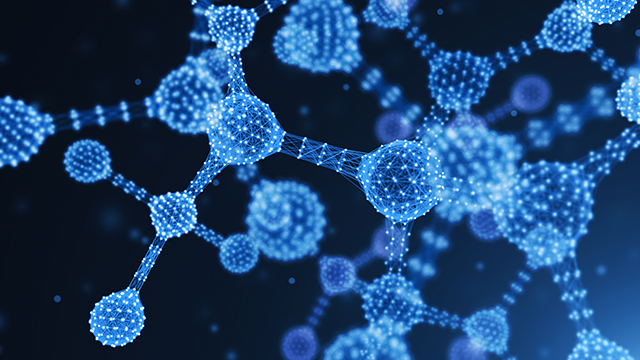When two or more elements join chemically in a defined mass ratio, the result is known as a compound. Compounds are substances of two or more elements in a fixed percentage of atoms. When elements combine, part of the elements’ individual properties are lost, and the newly created compound has new properties.
There are two sorts of compounds: molecular compounds and salts. Covalent bonds are used to bind atoms together in molecular compounds. In salts, they are together by ionic bonding. These are the two types of bonds that every chemical contains. Some chemical compounds are sodium chloride, aluminium chloride, calcium chloride, ammonium sulfate, ammonium nitrate, potassium chloride, etc.
Chemical Compounds in Everyday Life
Chemicals play a crucial role in our lives, and we contact them in our daily lives. Some essential chemical compounds we use every day are listed below.
Sodium chloride
Sodium chloride is an ionic compound. Sodium chloride is the chemical term for common salt. Sodium is an electrolyte that regulates the amount of water in the body. Excessive sweating, dehydration and other causes of sodium loss are treated using sodium chloride. Muscle contractions and nerve impulses are also affected by sodium.
Calcium carbonate
One of the most common compounds, calcium carbonate, is initially seen in school classrooms, where chalk is used. The pulp and paper business uses a lot of calcium carbonate. It can be used as a filter and a pigment, resulting in a whiter, grater-quality pigment than some other minerals. Calcium carbonate can also be used to supplement vitamins and as a food ingredient for livestock and people.
Hydrogen peroxide
Hydrogen peroxide is a common chemical used to treat both home and industrial waste. It is used as a disinfectant as well as a bleaching agent. It’s used to bleach pulp and paper, as well as wastewater treatment and wound disinfection. For safety reasons, the colourless liquid hydrogen peroxide is utilised in an aqueous solution.
Aluminium hydroxide
Aluminium is a naturally occurring metal. Aluminium hydroxide is used as an antacid. Heartburn, sore stomach, stomach pain and acid indigestion are all treated by aluminium hydroxide. Aluminium hydroxide is also used to lower phosphate concentrations in persons with various kidney problems.
Calcium hydroxide
Calcium hydroxide is a white powder that doesn’t have a distinct odour. It is employed in various industrial settings, including treating wastewater, paper manufacture, construction, and food processing. This chemical also has health and dental uses. Fillings used during root canal procedures often include calcium hydroxide.
Silver nitrate
Because the nitrate ion can be replaced by different ligands that bind to the silver ion, silver nitrate is a highly versatile molecule. This chemical is employed in photographic films because it can generate a precipitate of silver halides when exposed to halide ions. A diluted solution of AgNO3 can be injected into the eyes of a baby born to a gonorrhoea-infected mother, which kills the gonococcal bacteria and protects the child from blindness. This substance has also been utilised in the treatment/removal of undesirable warts in humans.
Tartaric acid
Tartaric acid is a necessary food additive commonly combined with baking soda to act as a leavening agent in recipes. Natural sources of tartaric acid include tamarinds, grapes, bananas, apricots, oranges and avocados. Except for uncooked foods, they can be utilised in any form of food.



